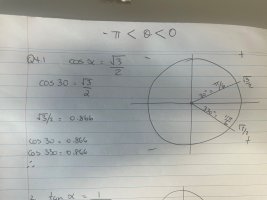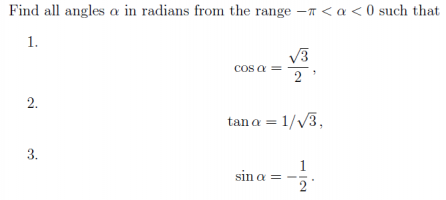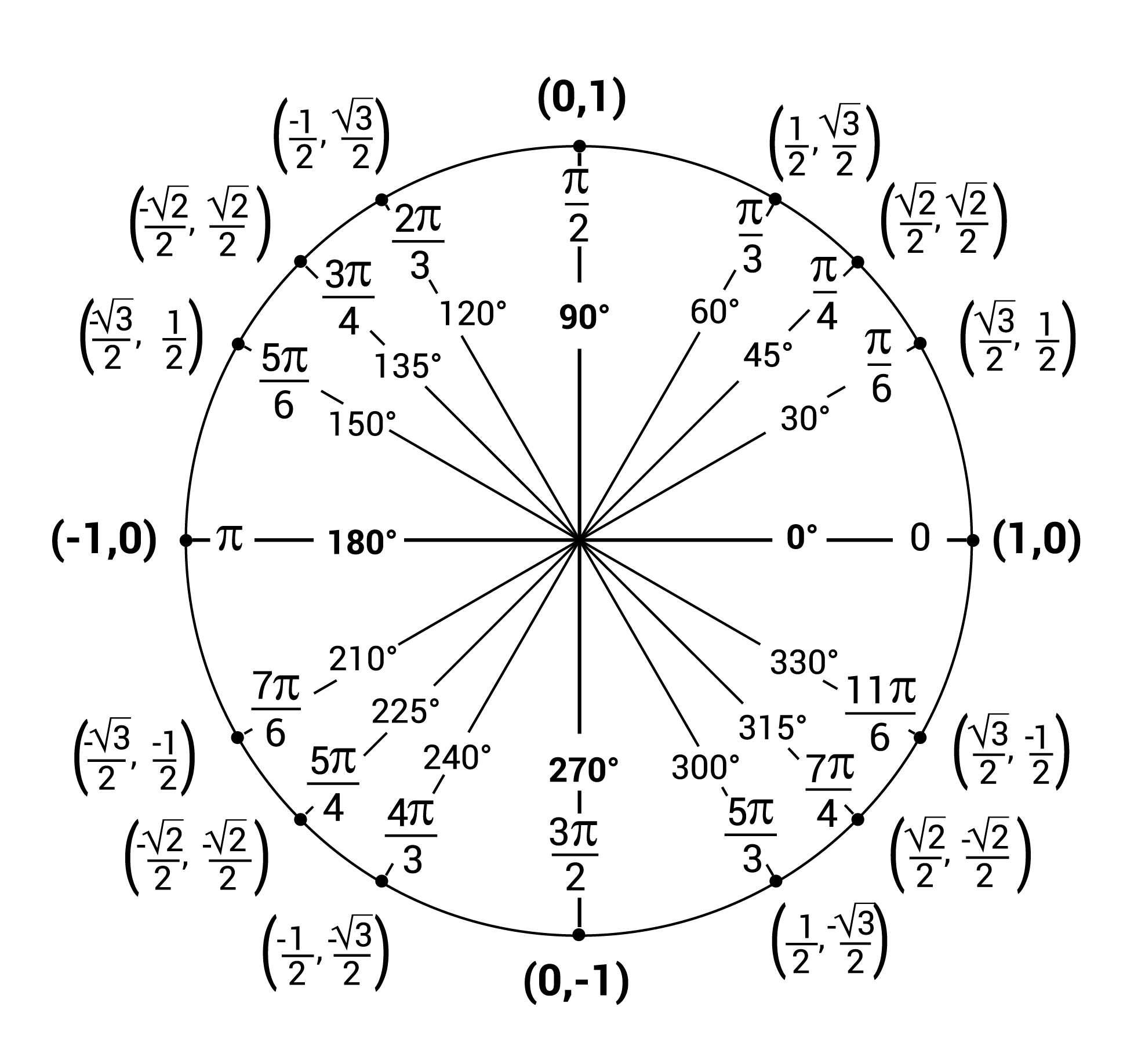I am struggling to get my head around the following problem. I have had multiple people give me answers and most vary from each others but none could explain in a way i understood. the following question in relation to the range above
cos alpha = sqrt 3/2
is it easier to understand from the unit circle or the cosine wave?
cos alpha = sqrt 3/2
is it easier to understand from the unit circle or the cosine wave?
Last edited:




